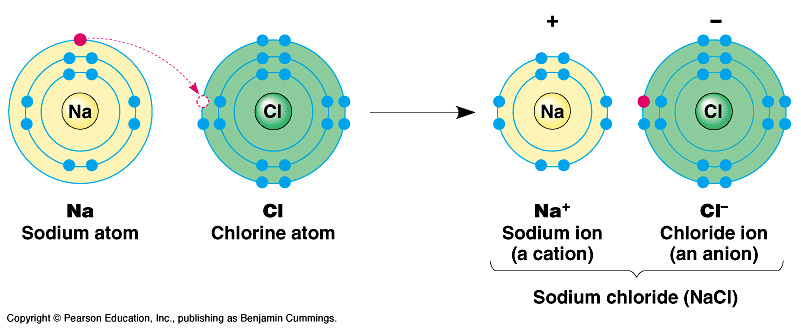Question #ffe51
1 Answer
Explanation:
For starters, you know that
This is equivalent to saying that in order to have

In order to find the number of moles of sodium chloride present in your sample, you can use the molar mass of this compound, i.e. the mass of exactly
You will have
#14 color(red)(cancel(color(black)("g"))) * overbrace("1 mole NaCl"/(58.44color(red)(cancel(color(black)("g")))))^(color(blue)("the molar mass of NaCl")) = "0.2396 moles NaCl"#
This means that your sample will contain
#0.2396 color(red)(cancel(color(black)("moles NaCl"))) * "1 mole Cl"/(1color(red)(cancel(color(black)("mole NaCl")))) = color(darkgreen)(ul(color(black)("0.24 moles Cl")))#
The answer is rounded to two sig figs, the number of sig figs you have for the mass of sodium chloride.
So, you can say that

